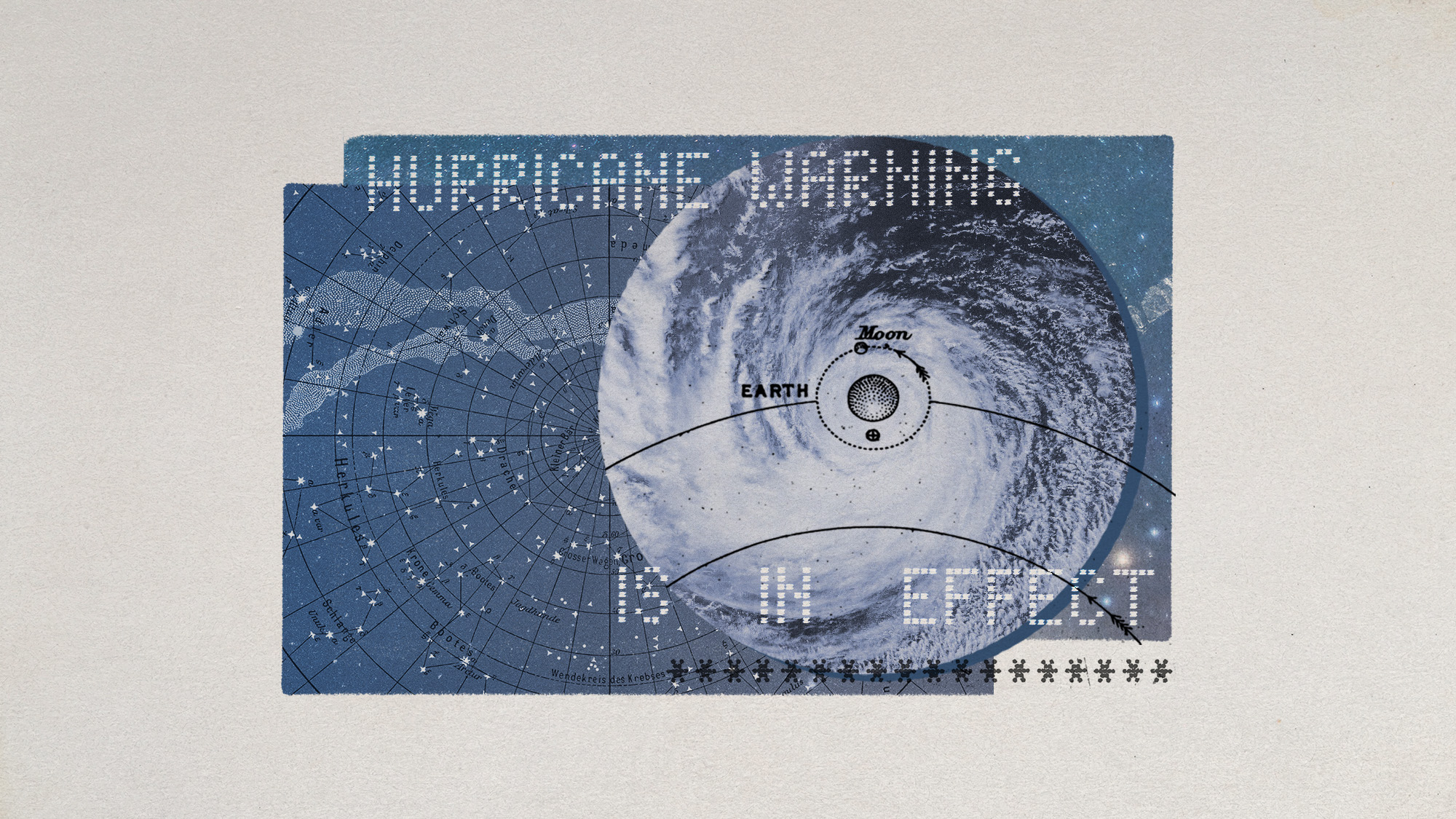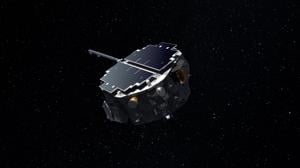Science
Scientists Uncover Space Hurricanes: Storms Beyond Earth’s Atmosphere

A new study reveals that space hurricanes, previously thought to be rare, occur more frequently than anticipated. These phenomena, characterized by swirling charged particles, can disrupt Earth’s geomagnetic field and impact navigation systems. The research highlights the need for a better understanding of these storms, which can form under calm atmospheric conditions.
Understanding Space Hurricanes
Space hurricanes resemble terrestrial hurricanes but are composed of plasma rather than water and wind. According to Space.com, these electromagnetic tempests arise from a rapid transfer of solar wind energy into the Earth’s upper atmosphere. This process creates stunning auroras but can also lead to significant disturbances in near-Earth space environments.
The first documented instance of a space hurricane was observed in 2014 over the North Pole. Satellites detected an auroral feature exceeding 620 miles in diameter, exhibiting a cyclone-like structure with multiple spiral arms rotating counterclockwise. This discovery prompted scientists to delve deeper into the nature and effects of space hurricanes.
New Findings and Implications
A recent study published in the journal Space Weather elaborated on the unique characteristics of space hurricanes. Unlike typical geomagnetic storms, which occur when the interplanetary magnetic field (IMF) aligns southward, space hurricanes can develop when the IMF is northward. This northward configuration is often perceived as stable, making these storms more challenging to detect.
Researcher Zan-Yang Xing explained that space hurricanes intensify localized current systems, resulting in significant geomagnetic disturbances. “These findings help clarify their space weather impacts on near-Earth space environments,” Xing stated in an interview with Newsweek.
While space hurricanes do not pose a direct threat to human safety like terrestrial hurricanes, they can disrupt satellite operations and affect space debris. More critically, they can induce significant ionospheric irregularities, which impact GPS signals. Xing noted that signals passing through the outer regions of these storms may experience phase scintillation, leading to a “twinkling” effect that diminishes navigation accuracy.
The researchers intend to conduct further analyses of space hurricanes, aiming to quantitatively assess their impacts on the polar ionospheric environment. This ongoing research is vital, as studies indicate that these storms may occur up to 10 times a year and in both hemispheres, particularly during summer months.
The implications of these findings extend beyond academic curiosity. As space exploration and satellite technology become increasingly integral to daily life, understanding the behavior of space hurricanes is essential for improving the reliability of navigation systems and safeguarding infrastructure in Earth’s orbit.
-

 Technology5 months ago
Technology5 months agoDiscover the Top 10 Calorie Counting Apps of 2025
-

 Health2 months ago
Health2 months agoBella Hadid Shares Health Update After Treatment for Lyme Disease
-

 Health3 months ago
Health3 months agoErin Bates Shares Recovery Update Following Sepsis Complications
-

 Technology4 months ago
Technology4 months agoDiscover How to Reverse Image Search Using ChatGPT Effortlessly
-

 Technology1 month ago
Technology1 month agoDiscover 2025’s Top GPUs for Exceptional 4K Gaming Performance
-

 Technology2 months ago
Technology2 months agoElectric Moto Influencer Surronster Arrested in Tijuana
-

 Technology5 months ago
Technology5 months agoMeta Initiates $60B AI Data Center Expansion, Starting in Ohio
-

 Technology5 months ago
Technology5 months agoRecovering a Suspended TikTok Account: A Step-by-Step Guide
-

 Health4 months ago
Health4 months agoTested: Rab Firewall Mountain Jacket Survives Harsh Conditions
-

 Lifestyle5 months ago
Lifestyle5 months agoBelton Family Reunites After Daughter Survives Hill Country Floods
-

 Technology4 months ago
Technology4 months agoHarmonic Launches AI Chatbot App to Transform Mathematical Reasoning
-

 Technology3 months ago
Technology3 months agoUncovering the Top Five Most Challenging Motorcycles to Ride




















